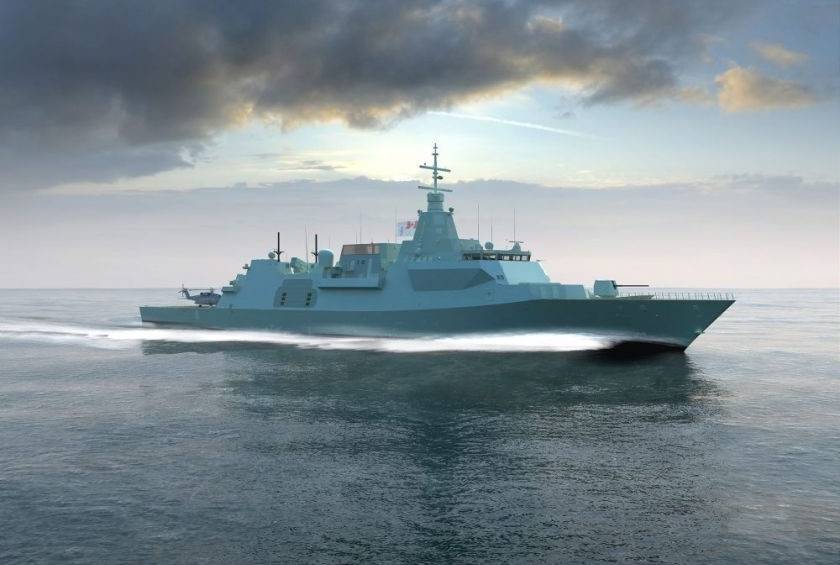The $60-billion effort to build new warships for Canada’s navy has hit another snag, this time in the form of a legal challenge by one of three companies in the competition to design the vessels.
The federal government announced last month that U.S. defence giant Lockheed Martin beat out two rivals in the long and extremely sensitive competition to design replacements for the navy’s frigates and destroyers.
Lockheed’s design was based on a brand-new class of frigates for the British navy called the Type 26. The company is negotiating a final contract with the government and Halifax-based Irving Shipbuilding, which will build the ships.
But one of the other two bidders, Alion Science and Technology, has asked the Federal Court to quash the government’s decision, saying Lockheed’s design did not meet the navy’s stated requirements and should have been disqualified.
Two of those requirements related to the ship’s speed, Alion said in court filings, while the third related to the number of crew berths.
The rules of the competition required the federal procurement department and Irving, which helped evaluate the bids, “to reject Lockheed’s bid because of its non-compliance,” Alion added. Instead, they selected it as the preferred design.
Alion added that its own proposed design, which was based on a Dutch frigate, met all of the navy’s requirements. It also said that it has received no information about why Lockheed’s bid was selected over its own, despite requests for answers.
Lockheed Martin, Irving and Public Services and Procurement Canada declined to comment because the matter is before the courts. The third company involved in the design competition, Spanish firm Navantia, has remained largely silent on Lockheed’s successful bid.
The government is planning to build 15 new warships starting in the next three or four years, which will replace Canada’s 12 aging Halifax-class frigates and already-retired Iroquois-class destroyers. They’re to be the navy’s backbone for most of the century.
Read more: Feds aiming to select preferred design for $60B warships by end of month
Read more: Potentially hazardous mould found in Canadian warship
The bid by Lockheed, which also builds the F-35 stealth fighter and other military equipment, was contentious from the moment the design competition was launched in October 2016.
The federal government had originally said it wanted a “mature design” for its new warship fleet, which was widely interpreted as meaning a vessel that has already been built and used by another navy.
But the first Type 26 frigates are only now being built by the British government and the design has not yet been tested in full operation.
There were also complaints from industry that the deck was stacked in the Type 26’s favour because of Irving’s connections with British shipbuilder BAE, which originally designed the Type 26 and partnered with Lockheed to offer the ship to Canada.
Irving, which worked with the federal government to pick the top design, also partnered with BAE in 2016 on an ultimately unsuccessful bid to maintain the navy’s new Arctic patrol vessels and supply ships.
That 35-year contract ended up going to another company.
Irving and the federal government have repeatedly rejected such complaints, saying they conducted numerous consultations with industry and used a variety of firewalls and safeguards to ensure the choice was completely fair.
But industry insiders had long warned that Lockheed’s selection as the top bidder, combined with numerous changes to the requirements and competition terms after it was launched — including a number of deadline extensions — would spark lawsuits.
Government officials acknowledged last month the threat of legal action, which has become a favourite tactic for companies that lose defence contracts, but expressed confidence that they would be able to defend against such an attack.
Lee Berthiaume, The Canadian Press



